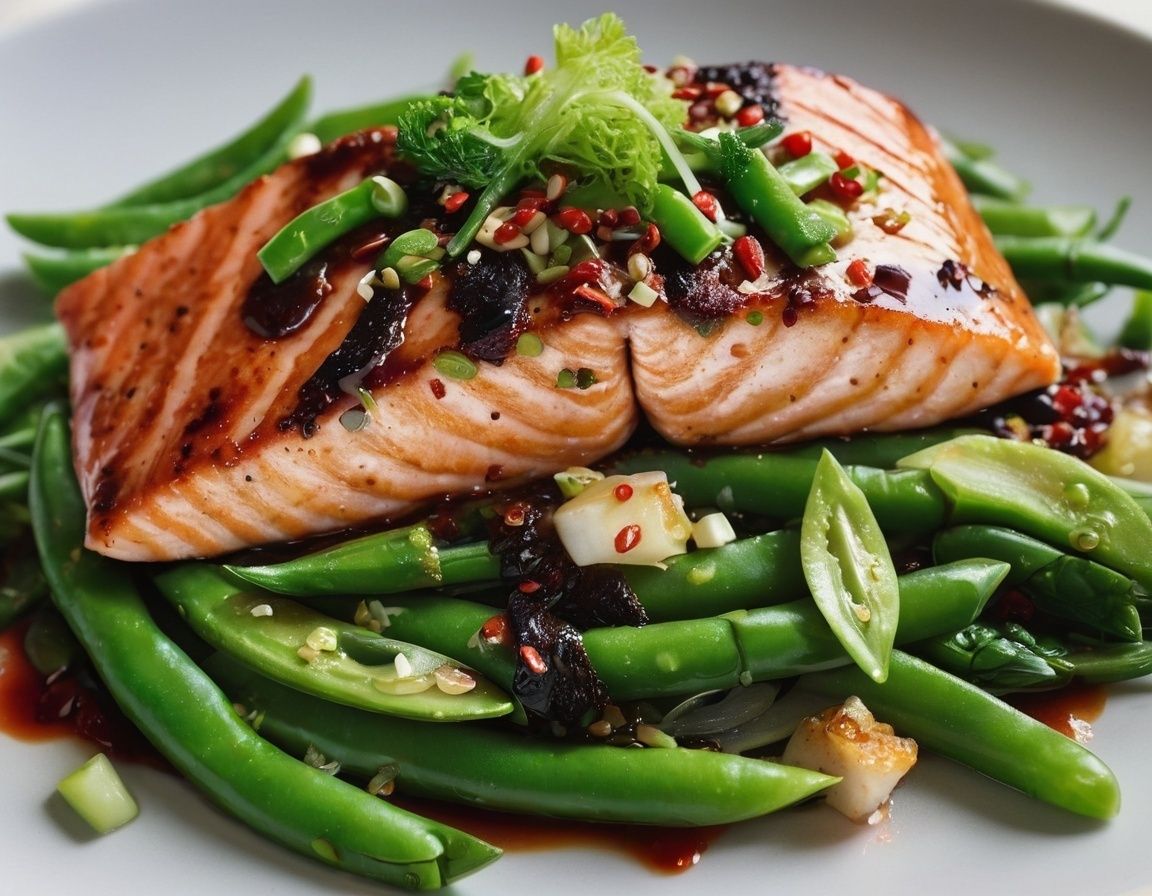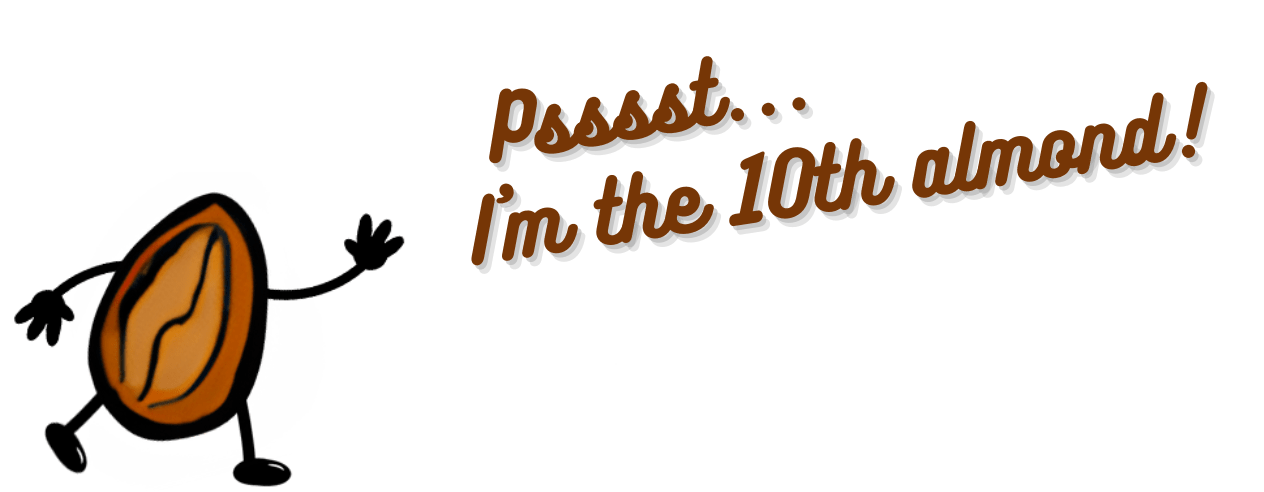❝Prioritize your mental health as much as your physical health—because they are deeply interconnected!❞
In A Rush?
Today’s 30-Second Summary
If you don’t have time to read the whole email today, here are some key takeaways:
Rest is essential to proper function, yet often we don’t think about it much beyond trying to get decent sleep
Today’s main feature examines 7 kinds of rest for when sleep is not enough—and indeed makes the case for sleep being a necessary but not sufficient condition for adequate rest
As we age, our collagen levels tend to get depleted more easily. Collagen is important not just for youthful good looks, but also for the health of bones and joints
Today’s sponsor NativePath are offering high-quality collagen without additives or harmful impurities
Today’s featured recipe is quicker than getting Chinese take-out, feels just as decadent, and is (of course) packed with delicious nutrients. Check it out down below!
Read on to learn more about these things, or click here to visit our archive
A Word To The Wise
Watch and Learn
10,000 Steps Every Day for a Month Without Dieting | Before and After Results
Prefer text? The above video will take you to a 10almonds page with a text-overview, as well as the video!
Tuesday’s Expert Insights
Taking Rest Seriously (More Than Just Sleep)
This is Dr. Matthew Edlund. He has 44 years experience as a psychiatrist, and is also a sleep specialist. He has a holistic view of health, which is reflected in his practice; he advocates for "a more complete health: physical, mental, social, and spiritual well-being".
What does he want us to know?
Sleep, yes
Sleep cannot do all things for us in terms of rest, but it can do a lot, and it is critical. It is, in short, a necessary-but-not-sufficient condition for being well-rested.
See also: Why You Probably Need More Sleep
Rest actively
Rest is generally thought of as a passive activity, if you’ll pardon the oxymoron. Popular thinking is that it’s not something defined by what we do, so much what we stop doing.
In contrast, Dr. Edlund argues that to take rest seriously, we need do restful things.
Rest is as important as eating, and we wouldn’t want for that to “just happen”, would we?
Dr. Edlund advocates for restful activities such as going to the garden (or a nearby park) to relax. He also suggests we not underestimate the power of sex as an actively restful activity—this one is generally safer in the privacy of one’s home, though!
Rest physically
This is about actively relaxing our body—yoga is a great option here, practised in a way that is not physically taxing, but is physically rejuvenating; gentle stretches are key. Without such things, our body will keep tension, and that is not restful.
For the absolute most restful yogic practice? Check out:
👆 this is about yoga nidra!
Rest mentally
The flipside of the above is that we do need to rest our mind also. When we try to rest from a mental activity by taking on a different mental activity that uses the same faculties of the brain, it is not restful.
Writer’s example: as a writer, I could not rest from my writing by writing recreationally, or even by reading. An accountant, however, could absolutely rest from accounting by picking up a good book, should they feel so inclined.
Rest socially
While we all have our preferences when it comes to how much or how little social interaction we like in our lives, humans are fundamentally social creatures, and it is hardwired into us by evolution to function at our best in a community.
This doesn’t mean you have to go out partying every night, but it does mean you should take care to spend at least a little time with friends, even if just once or twice per week, and yes, even if it’s just a videocall (in person is best, but not everyone lives close by!)
If your social life is feeling a little thin on the ground these days, that’s a very common thing—not only as we get older, but also as many social institutions took a dive in functionality on account of the pandemic, and many are still floundering. Nevertheless, there are more options than you probably realize; yes, even for the naturally reclusive:
Rest spiritually
Be we religious or not, there are scientifically well-evidenced benefits to religious practices—some are because of the social aspect, and follow on from what we talked about just above. Other benefits come from activities such as prayer or meditation (which means that having some kind of faith, while beneficial, is not actually a requirement for spiritual rest—comparable practices without faith are fine too).
We discussed the overlapping practices of prayer and meditation, here:
Rest at home
Obviously, most people sleep at home. But…
Busy family homes can sometimes need a bit of conscious effort to create a restful environment, even if just for a while. A family dinner together is one great way to achieve this, and also ties in with the social element we mentioned before!
A different challenge faced by a lot of older people without live-in families, on the other hand, is the feeling of too much opportunity for rest—and then a feeling of shame for taking it. The view is commonly held that, for example, taking an afternoon nap is a sign of weakness.
On the contrary: taking an afternoon nap can be a good source of strength! Check out:
Rest at work
Our readership has a lot of retirees, but we know that’s not the case for everyone. How then, to rest while at work? Ideally we have breaks, of course, but most workplaces do not exactly have an amusement arcade in the break room. Nevertheless, there are some quick resets that can be done easily, anywhere, and (almost) any time:
Want to know more?
You might also like:
Take care!
Our Sponsors Make This Publication Possible
NativePath Collagen
Pop quiz: What’s the body’s most abundant protein?
The answer: Collagen.
NativePath's Certified Grass-Fed Collagen Powder is made from grass-fed, pasture-raised cows and contains 18 grams of protein per suggested serving.
Start incorporating it daily to support skin elasticity, joint health, bone strength, and muscle growth and maintenance.
Please do visit our sponsors—they help keep 10almonds free
A Quick Question
What’s your health-related opinion of saunas?
We’ll then talk about this on Friday!
This Or That?
Vote on Which is Healthier
Yesterday we asked you to choose between pistachios and cashews—both great options, but ultimately we picked the pistachios (click here to read about why), as did 79% of you!
Now for today’s choice:
Click on whichever you think is better for you!
Bonus (Sponsored) Recommendation
XWERKS introduces Grow, a new extra-healthy protein powder. With 25 grams of premium protein and over 6 grams of muscle-fueling BCAAs per scoop, Grow is the lean way to boost your muscle. Sourced from grass-fed cows in New Zealand, it's 100% whey isolate, meaning it’s low in lactose, carbs, and fat, and high in top-quality protein. Click here to check it out!
Recipes Worth Sharing
Chili Hot-Bedded Salmon
This one can be made in less time than it takes to order and receive a Chinese take-out! The principle is simple: it’s a bed of greens giving pride of place to a salmon fillet in a deliciously spicy marinade. So healthwise, we have greens-and-beans, healthy protein and fats, and tasty polyphenols.
Experientially, we have food that tastes a lot more decadent than it is!
Click below for our full recipe, and learn its secrets:
One-Minute Book Review
The Pegan Diet: 21 Practical Principles for Reclaiming Your Health in a Nutritionally Confusing World – by Dr. Mark Hyman
First things first: the title of the book is a little misleading. "Pegan" is a portmanteau of "paleo" and "vegan", making it sound like it will be appropriate for both of those dietary practices. Instead:
Dr. Hyman offers advice about eating the right grains and legumes (inappropriate for a paleo diet)
He also offers such advice as "be picky about poultry, eggs, and fish", and "avoid dairy—mostly" (inappropriate for a vegan diet).
So, since his paleo vegan diet is neither paleo nor vegan, what actually is it?
It's a whole foods diet that encourages the enjoyment of a lot of plants, and discretion with regard to the quality of animal products.
It's a very respectable approach to eating, even if it didn't live up to the title.
The style is somewhat sensationalist, while nevertheless including plenty of actual science in there too—so the content is good, even if the presentation isn't what this reviewer would prefer.
He has recipes; they can be a little fancy (e.g. "matcha poppy bread with rose water glaze") which may not be to everyone's taste, but they are healthy.
Bottom line: the content is good; the style you may love or hate, and again, don't be misled by the title.
Penny For Your Thoughts?
What did you think of today's newsletter?
May each day see you well-rested and ready to take on the next,
The 10almonds Team










